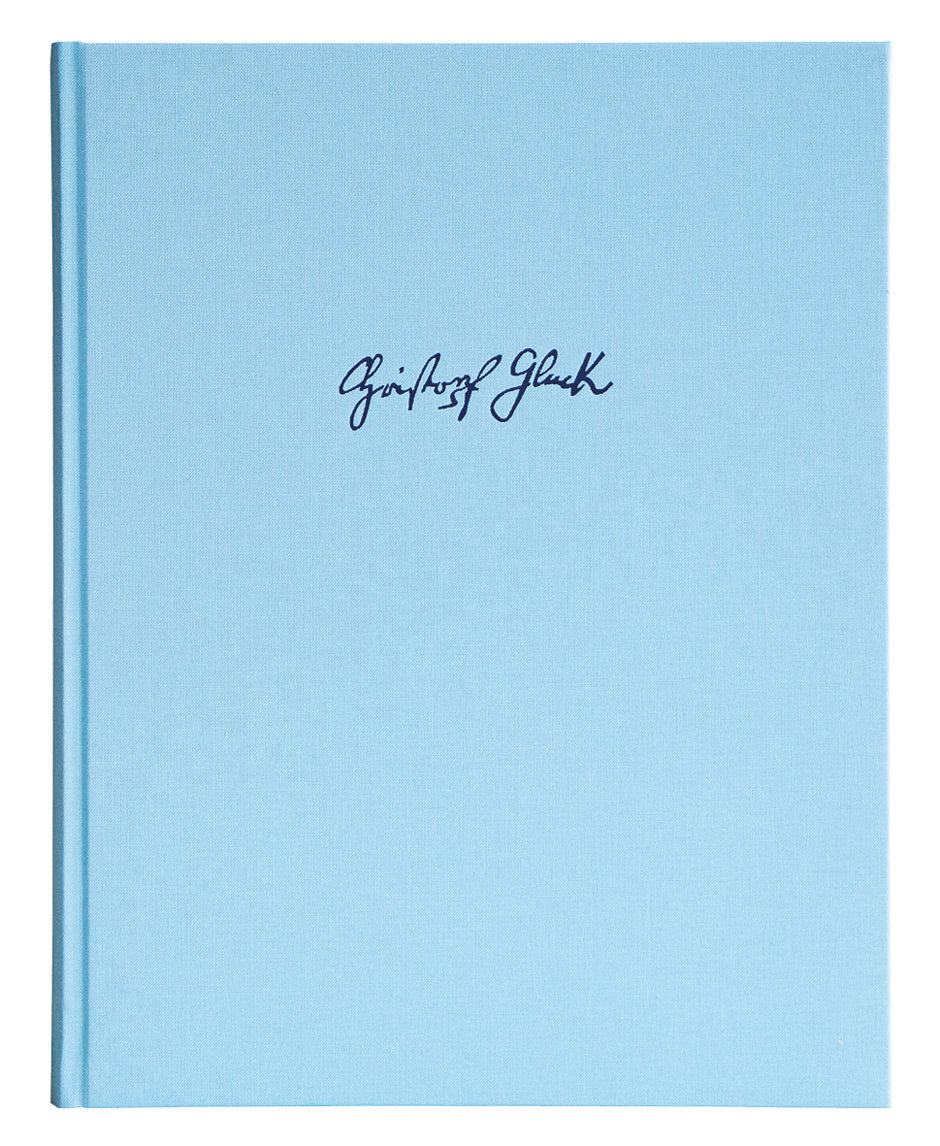Gluck: Briefe and Dokumente
Complete Edition VII/3 - Supplement
Expected to ship in about a week.
- Binding: Hardcover
- Work Language: German
- ISBN:
- Size: 7.1 x 9.6 inches
- Pages: 631
Description
Christoph Willibald Gluck's work as an opera composer on a European scale was accompanied by a lively correspondence, where the composer cultivated his artistic network and maintained contact with the decision-makers of the aristocracy. Gluck was active in Italy, England, Denmark, Bohemia, Saxony, the Habsburg heartland of Austria and France. Due to the dynastic relationships forged by Empress Maria Theresa's marriage policy, he became Vienna's artistic ambassador in the royal capitals of Paris, Parma and Naples. Furthermore, in the course of the national theatre aspirations of the German-speaking regions, intellectuals, literary figures and theatre people approached Gluck to interest him in relevant music theatre projects or to enter into intellectual exchanges. in addition to this business and artistic correspondence, the composer is also known to have cultivated letterwriting with his family.
Unfortunately, only a fraction of the presumably once extensive corpus of letters addressed to Gluck and written by him has survived. His written legacy, consisting of his music, correspondence and documents (certificates, contracts, etc.) relating to his life and work, fell victim to the Napoleonic Wars after his death. Only officially archived documents found in public hands or in the private possession of third parties were able to survive the times.
In this volume, all letters and selected documents on Gluck's life and work known to scholars, whether in the original or as copies, are reproduced for the first time in their original language (German, French or Italian), annotated in detail and thus made available to a wide readership.
Publishers use a lot of words to describe what they sell, and we know it can be confusing. We've tried to be as clear as possible to make sure you get exactly what you are looking for. Below are descriptions of the terms that we use to describe the various formats that music often comes in.
Choral Score
A score for vocalists that only contains the vocal lines. The instrumental parts are not there for reference. Generally, cheaper than a vocal score and requires multiple copies for purchase.
Facsimile
Reproductions of the original hand-written scores from the composer.
Full Score
For ensemble music, this indicates that the edition contains all parts on a single system (there are not separate parts for each player). In larger ensembles, this is for the conductor.
Hardcover
Hardbound. Generally either linen-covered or half-leather.
Orchestral Parts
Similar to a wind set, this is a collection of parts. In the case of strings, the numbers listed are the number of copies included, though generally these are available individually (often with minimum quantities required).
Paperback
When publishers offer multiple bindings (e.g. hardcover) or study scores, this is the "standard" version. If you're planning to play the music, this is probably what you want.
Performance / Playing Score
A score of the music containing all parts on one system, intended for players to share. There are not separate parts for each player.
Set of Parts
For ensemble music, this indicates that there are separate individual parts for each player.
Solo Part with Piano Reduction
For solo pieces with orchestra, this is a version that contains a piano reduction of the orchestra parts. For piano pieces, two copies are typically needed for performance.
Study Score
A small (think choral size) copy of the complete score meant for studying, and not playing. They make great add-ons when learning concertos and small chamber works.
Vocal Score
A score prepared for vocalists that includes the piano/organ part or a reduction of the instrumental parts.
Wind Set
For orchestral music, this is a collection of wind and percussion parts. The specific quantities of each instrument are notated.
With Audio
In addition to the printed music, the edition contains recordings of the pieces. This may be an included CD, or access to files on the internet.
With / Without Fingering (Markings)
Some publishers prepare two copies - a pure Urtext edition that includes no fingering (or bowing) suggestions and a lightly edited version that includes a minimal number of editorial markings.



